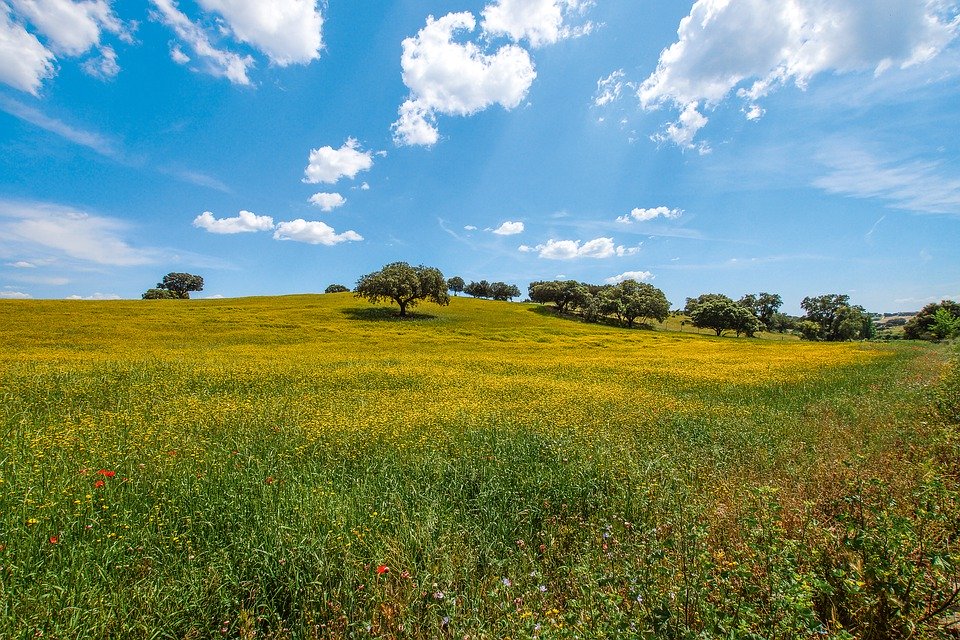
Carbon negative corks
[Clique aqui para ler em português]
The cork oak forests of southern Portugal are responsible for half of all global cork production and are classified as one of 36 biodiversity hotspots around the world. This unique ecosystem, known as the montado, has a remarkable capacity for capturing carbon. For every ton of cork produced, these forests capture an estimated 73 tons of CO2, making them a vital tool in the effort to reduce greenhouse gas emissions.
A recent lifecycle analysis, conducted by PricewaterhouseCoopers, showed that an individual cork captures more CO2 than is released during its entire production process. The study, which measured the end-to-end carbon emissions of Amorim’s best-selling Neutrocork, showed that 1.8 grams more of CO2 was captured by each cork than was emitted in both the production and transportation.
The Drinks Business, in an article about the research, explained that “when considering the carbon sequestration at the oak forest associated to cork production, the results are significantly better, corresponding to -392 g CO2per stopper.”
At Symington Family Estates we take the threat of climate change very seriously and are responding in a variety of ways. We are conducting pioneering R&D in the vineyard to help us adapt to a changing climate and, as members of International Wineries for Climate Action, we are working on ambitious carbon emissions reduction goals across every aspect of our activity.
As over 90% of our carbon footprint is in our supply chain, we are working collaboratively with our suppliers to reduce the emissions associated with every aspect of producing and shipping a bottle of wine. We are pleased that by purchasing Portuguese corks, we are supporting a valuable national ecosystem as well as using a product that has a negative carbon footprint.
Find out more:
https://www.thedrinksbusiness.com/2019/09/amorim-cork-stopper-proved-carbon-negative/
https://www.amorim.com/en/why-cork/environmental-and-social-benefits/


